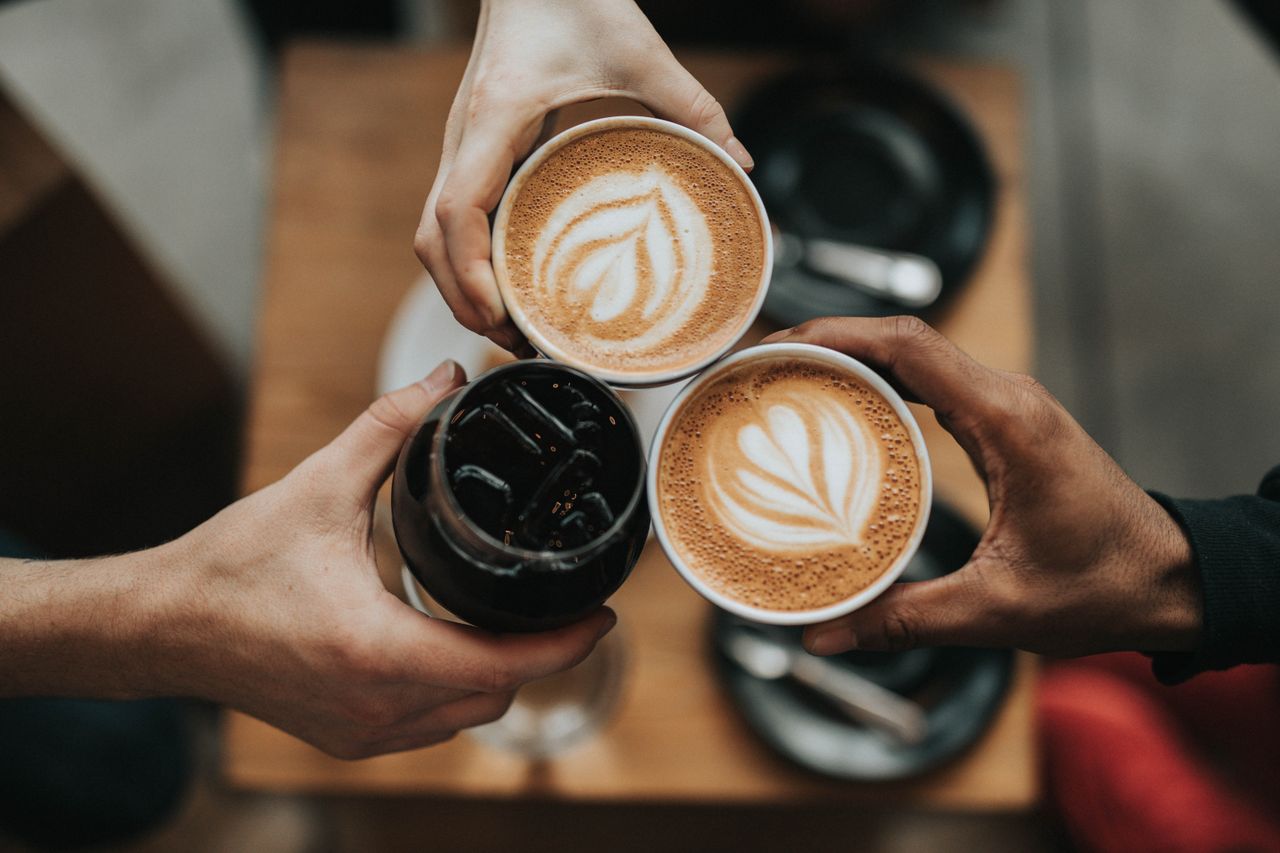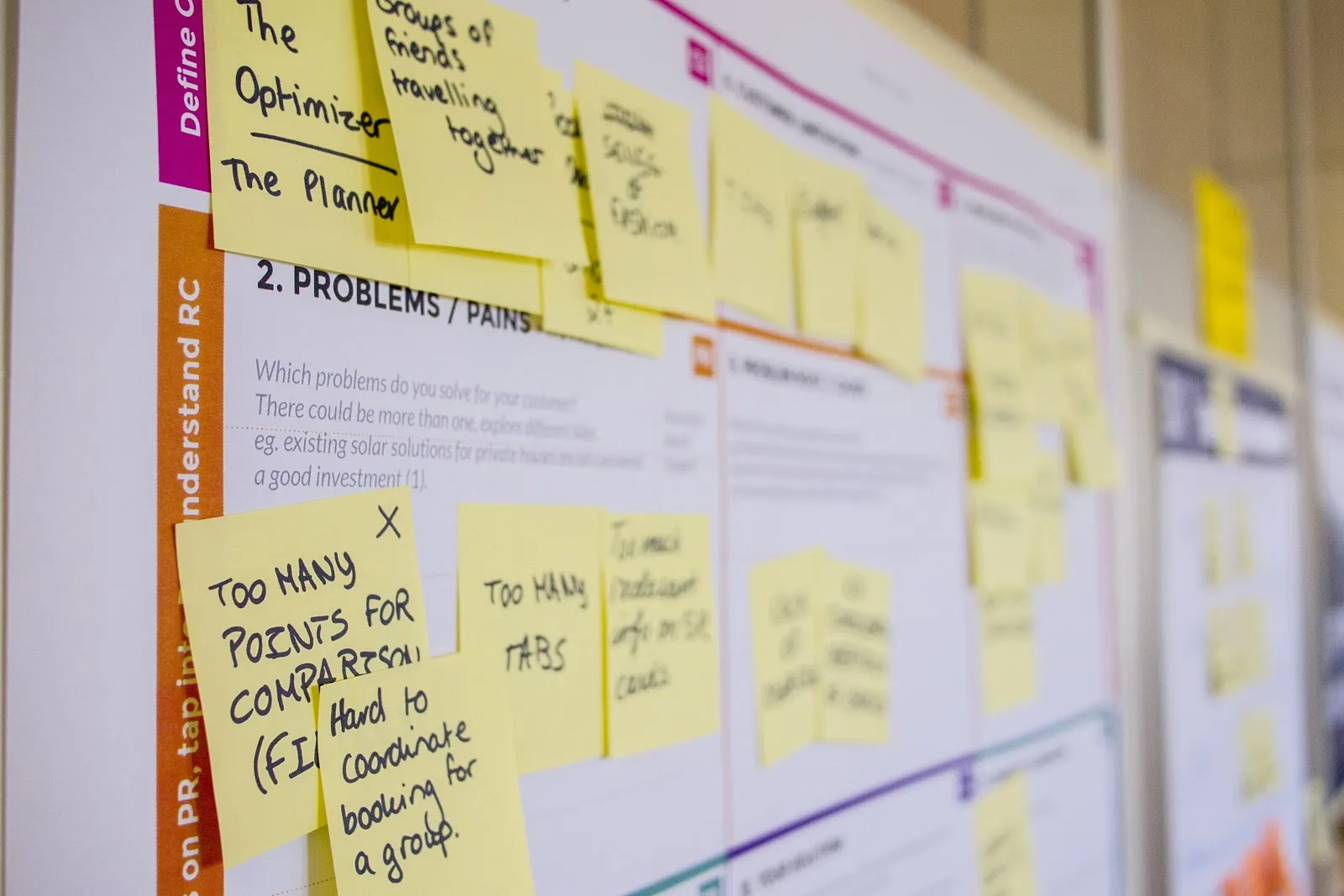
Lean Coffee is one of the most popular and beloved retro formats. If you want to improve your team communication or just look for new, fun ideas for your retrospective meetings, this technique will contribute greatly to your team’s agility. It aims at building a structured agenda and outlining the most important takeaways from the last team’s iteration.
It has been praised as a team building meeting because the entire collective contributes suggestions for improvement in a more malleable format, influenced by the team members themselves.
The Lean Coffee format ensures that your meeting is productive, structured and everyone gets a say in the discussion. Further, the meeting agenda is generated on the go, so there’s no preparation required!
Discover how you can apply this democratic approach to your retro process and get the most of it with your core team.
As there is no formal agenda set prior to the retro, you won’t need much time for preparation before the meeting kicks off. Just make sure you send calendar invites to the team members in advance and get yourself a white board with enough sticky notes and pens to capture everyone’s ideas. Also, don’t forget to bring some coffee (some say, it’s the fuel of great ideas)!
Any Lean Coffee retro meeting will typically consist of five phases: Preparation, Ideation, Grouping, Voting, and Discussion.
Preparation
During preparation, facilitators such as the Team Leads or Scrum Masters set up the whiteboard by dividing it into three columns: To Discuss, Discussing, and Discussed.
They distribute sticky notes to each team member and set a timer to ensure that each of the following phases should not take more than 10 minutes each.
Ideation (10 mins)
The ideation phase begins with a team brainstorming session on the most important topics they would want to discuss. The specific points they want to touch on will form a to-do list for the meeting that acts as an agenda. During the brainstorming everyone keeps their ideas private and writes them down on sticky notes silently. When the timer stops, team members add the ideas they believe should go on the To Discuss list for the meeting on the board.
Rule of thumb: Don’t limit yourself as you document the ideas that come to mind. You can always filter any out at the end of ideation, when you make a call whether they deserve to be shared with the group or might not be as relevant.
Grouping (5 mins)
Once all ideas are on the board, take 5 minutes to group them into clusters based on similarities. Some topics will probably come up a few times from different contributors and others will be parts of a common, larger idea. These are combined in one group for greater clarity.
When a certain cluster is being discussed, it should be moved into the Discussing column. When the discussion is over, it should be moved to the Discussed column. During this phase, you might discover differences in opinions among team members and discussing will help you align your decisions about the steps forward.
Dot Voting (10 mins)
When all the sticky notes are grouped on the board, each of them is read out loud and team members count which are repeated the most. The most common are considered important to the majority of the team and thus deserve to be discussed in greater detail in the following step.
Rule of thumb: Make sure all topics are considered, but don’t linger too long on each during the dot voting stage. To prevent unpopular topics, around which there is disagreement, from getting too much air-time — vote first. The topics worth discussing will surface.
Discussion (10 mins)
The final phase of the lean coffee retrospective is where the true discoveries occur. After the vote, team members engage in a discussion about each of the chosen items to decide on next steps as a collective.
If you’re participating in a Lean Coffee discussion virtually, bring your remote team together and encourage the use of video to capture that powerful body language.
Instead of distributing post-its for the team to document ideas, use the Brainstorm section of the Lean Coffee Retro template in ScatterSpoke to keep track.

During the Lean Coffee retro, conversations are direct and productive because the agenda is democratically generated through the sharing of insights.
The mantra here is “a successful retrospective is the one that stays on point”.
As a facilitator, your focus should be on getting the most value and reducing unnecessary discussions on irrelevant topics. Continue reading for our top tips for a focused lean coffee experience:
The greatest advantage of this retrospective template is its simplicity.
You don’t need to spend hours in prep or follow a rigid agenda. All you need to do is create the environment in which your team is comfortable discussing the topics that are important to them.
Lean Coffee will help you evaluate your last sprint and prioritize actions for process improvement in your next one in a very democratic and balanced way.
With ScatterSpoke, you can easily organize your Lean Coffee retrospective with a ready-to-use template. With an online lean coffee retrospective, even remote Agile teams can reap ALL the benefits of this retro format.